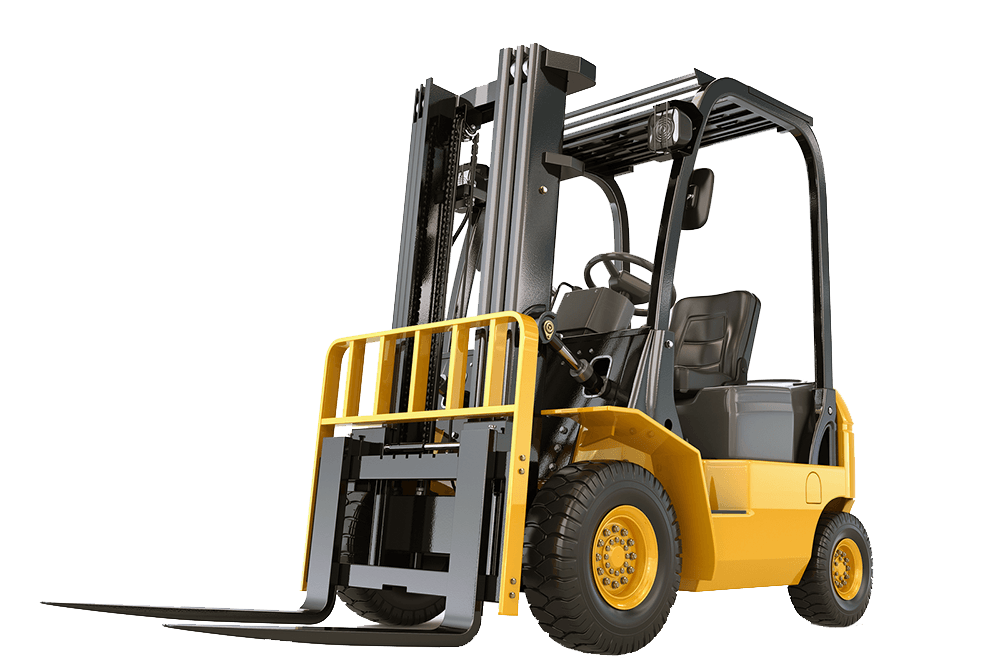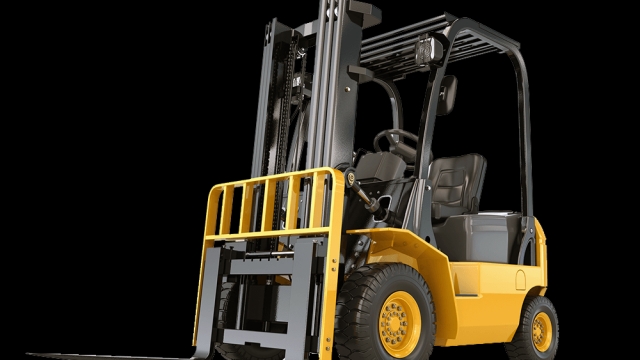From Ground Up: The Evolution of Forklift Manufacturing

The world of material handling has undergone significant transformation over the decades, with forklift manufacturing at the heart of this evolution. From humble beginnings to the sophisticated machines we see today, forklifts have revolutionized how goods are transported and managed within warehouses, factories, and construction sites. As industries grew, so did the need for efficient equipment, driving innovations that have shaped the forklift into an indispensable tool in modern logistics.
As we explore the journey of forklift manufacturing, it becomes evident that this industry has not only adapted to changing technological landscapes but has also redefined itself to meet the demands of an increasingly fast-paced world. The evolution of designs, materials, and functionalities reflects a commitment to safety, efficiency, and sustainability, highlighting the crucial role that manufacturers play in shaping the future of material handling solutions.
Custom Electric Pallet Truck Services
History of Forklift Manufacturing
The origins of forklift manufacturing can be traced back to the early 20th century when the need for efficient material handling became increasingly evident in industrial settings. The first forklifts were developed around the 1920s, evolving from simple hand-operated hoists and lifting devices. These early machines were essential in warehouses and factories, providing a way to move heavy items quickly and with minimal effort.
In the following decades, significant advancements in technology transformed forklift design and manufacturing. By the 1930s and 1940s, electric-powered forklifts began to emerge, providing a cleaner and more efficient alternative to their gasoline-powered counterparts. This period also saw the introduction of new safety features, which were crucial in protecting workers from the hazards associated with heavy lifting. Companies like Yale and Hyster were pioneers in this field, continuously improving their designs to meet the growing demands of the market.
The post-World War II era marked a boom in forklift manufacturing, driven by the rapid expansion of industries and the rise of global trade. Manufacturers began to experiment with various designs and technologies, leading to specialized forklifts tailored for specific applications. Innovations such as reach trucks, narrow aisle forklifts, and automated guided vehicles began to reshape the industry. As businesses continued to prioritize efficiency and safety, forklift manufacturers adapted to these needs, setting the stage for the modern fleet of forklifts we see today.
Technological Advancements
The evolution of forklift manufacturing has been significantly shaped by technological advancements over the years. Initially, forklifts were powered by internal combustion engines, which were effective but resulted in high emissions and noise levels. As environmental concerns grew, manufacturers shifted to electric-powered models. This transition not only reduced the carbon footprint but also introduced advanced battery technologies that provided longer operating times and improved energy efficiency.
Automation has become a key focus in the forklift industry, with many manufacturers integrating advanced robotics and artificial intelligence into their designs. Automated guided vehicles, or AGVs, have gained popularity in warehouses and distribution centers, allowing for efficient and precise material handling without the need for a human operator. This technology not only enhances productivity but also minimizes the risk of accidents that can occur with manual operation.
Furthermore, the implementation of IoT (Internet of Things) features has revolutionized how forklifts operate and are maintained. Manufacturers are now equipping forklifts with sensors that provide real-time data on performance, battery status, and maintenance needs. This connectivity allows fleet managers to monitor equipment usage remotely, optimize operational efficiency, and proactively address maintenance issues, thus extending the lifespan of the forklifts and reducing downtime.
Future Trends in Forklift Industry
The forklift industry is poised for significant transformation as technological advancements continue to reshape operations. Automation and robotics are emerging as key elements in the future of forklift manufacturing. Autonomous forklifts are being developed to navigate warehouses and loading docks, reducing the need for manual operation. This trend not only enhances efficiency but also minimizes the risk of accidents associated with human error. Manufacturers are investing heavily in research and development to integrate advanced sensors and artificial intelligence into their machines.
Sustainability is another major focus for the future of forklift manufacturing. As companies are increasingly pressured to reduce their carbon footprints, manufacturers are turning to electric and hybrid models that offer greener alternatives to traditional gas-powered forklifts. Innovations in battery technology, such as lithium-ion batteries, are allowing for longer operational times and quicker charging. Additionally, companies are exploring ways to recycle and repurpose materials used in forklift production, aligning with broader environmental goals.
Lastly, the integration of IoT technology is set to revolutionize fleet management within the forklift industry. Connected forklifts will enable real-time data collection and analytics, providing insights into performance, maintenance needs, and operational efficiency. This connectivity allows businesses to optimize their logistics and supply chain processes, leading to improved productivity. Forklift manufacturers that adapt to these trends will not only meet the evolving needs of their customers but will also remain competitive in an increasingly dynamic marketplace.


